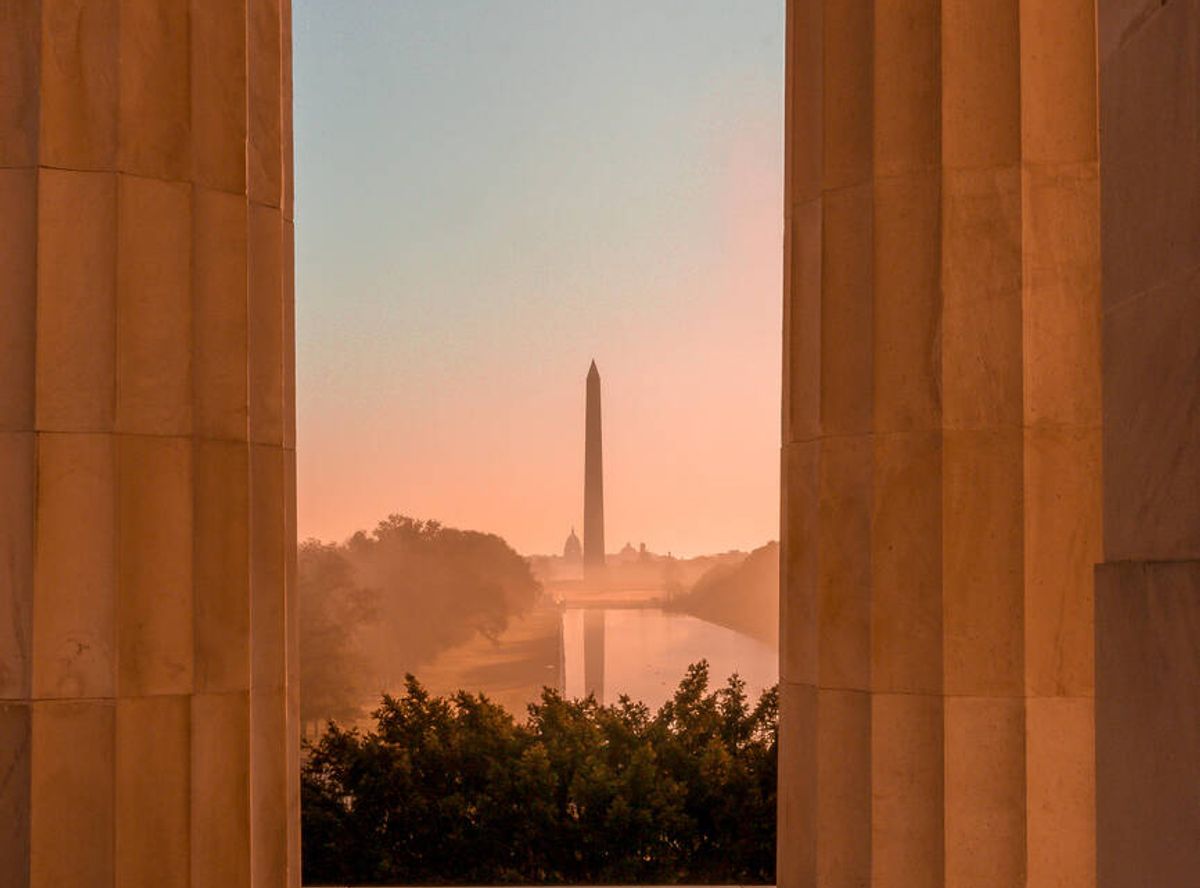Washington, DC: Look at the real art of politics
Politics tends to hog the limelight in Washington, DC, overshadowing the exhibition offerings of a city that can easily compete with New York and Los Angeles. With 2022’s splashy opening of the Rubell Museum DC, the scene has continued to expand, and the 2023 line-up combines Old Masters and Modernist superstars with the newly appreciated.
The National Gallery of Art has long been the city’s behemoth, and three of the museum’s 2023 shows are of international stature. Canova: Sketching in Clay (11 June-9 October) is the first exhibition about the expressive clay models that Neo-Classical artist Antonio Canova used to prepare his marble sculptures—some 60 examples survive and around 40 will be featured in the show. In autumn, the museum is mounting two big shows: Mark Rothko: Paintings on Paper, featuring around 100 works (19 November-31 March 2024), and Dorothea Lange: Seeing People (5 November-31 March 2024), which recasts the Depression-era photojournalist as a sensitive portraitist.
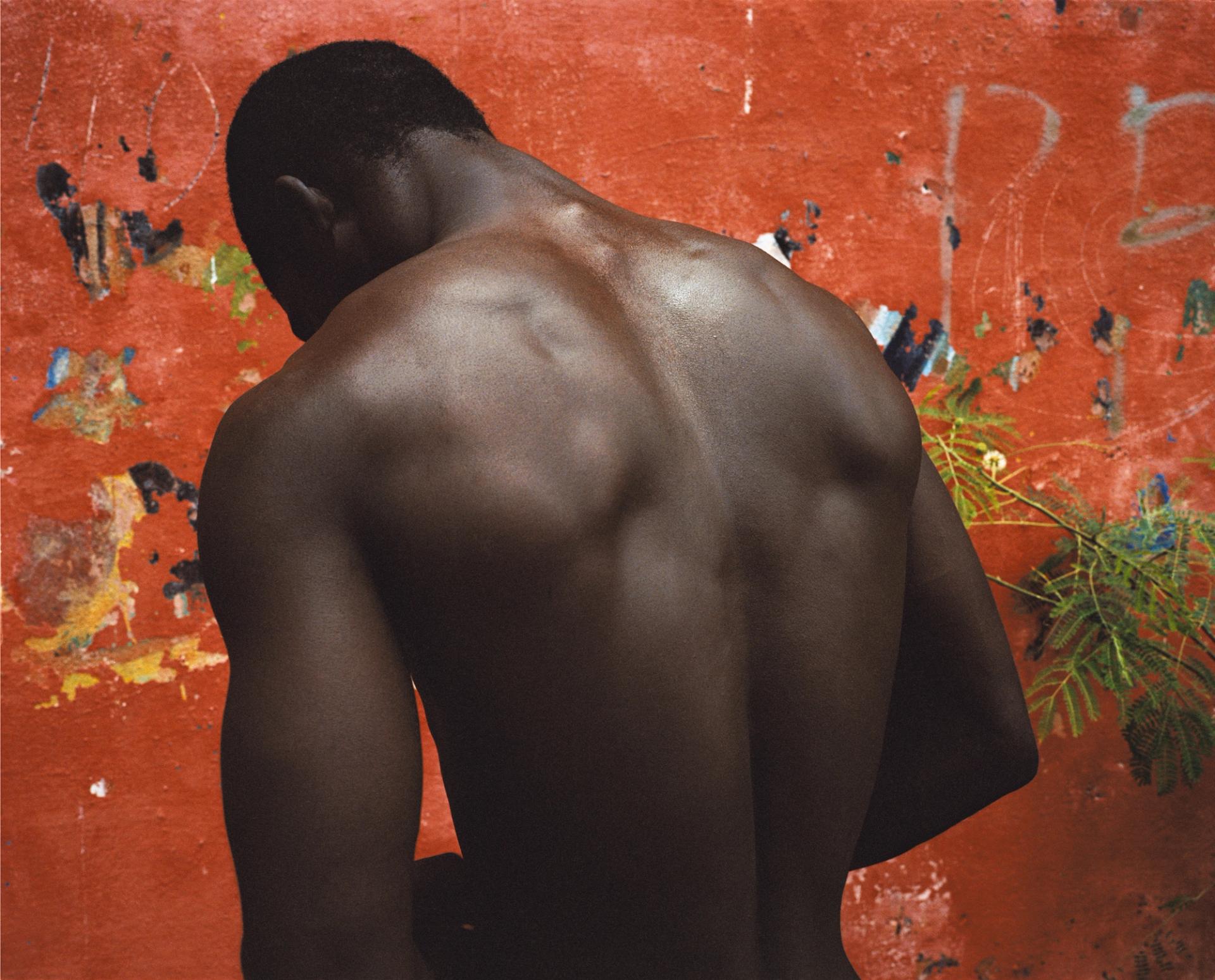
Frank Stewart’s Goree Island Painter (or Slave Castle Back) (2006) is in an exhibition at the Phillips Collection Courtesy of the Phillips Collection
This spring, the National Portrait Gallery will combine portraiture from far-flung collections, including Guam and Puerto Rico, in 1898: US Imperial Visions and Revisions (28 April-25 February 2024). Stand-out loans include Honolulu’s life-size painting of Queen Liliuokalani, Hawaii’s last sovereign, painted in 1892 by William F. Cogswell, the eminent American political portraitist.
In the summer, the Phillips Collection, known for its world-class Impressionist holdings, will inaugurate a US touring exhibition about the photographer Frank Stewart, arguably the US’s leading visual chronicler of jazz musicians, with the artist himself, now 72, in on the planning.

Alma Thomas’s The Eclipse (1970) will be on show at the Smithsonian American Art Museum Courtesy of the Smithsonian
During the Obama years, Alma Thomas (1891-1978) became the first African-American woman artist to be added to the White House’s art collection with Resurrection (1966). That work will be included in Composing Colour: Paintings by Alma Thomas (15 September-2 June 2024) at the Smithsonian American Art Museum.
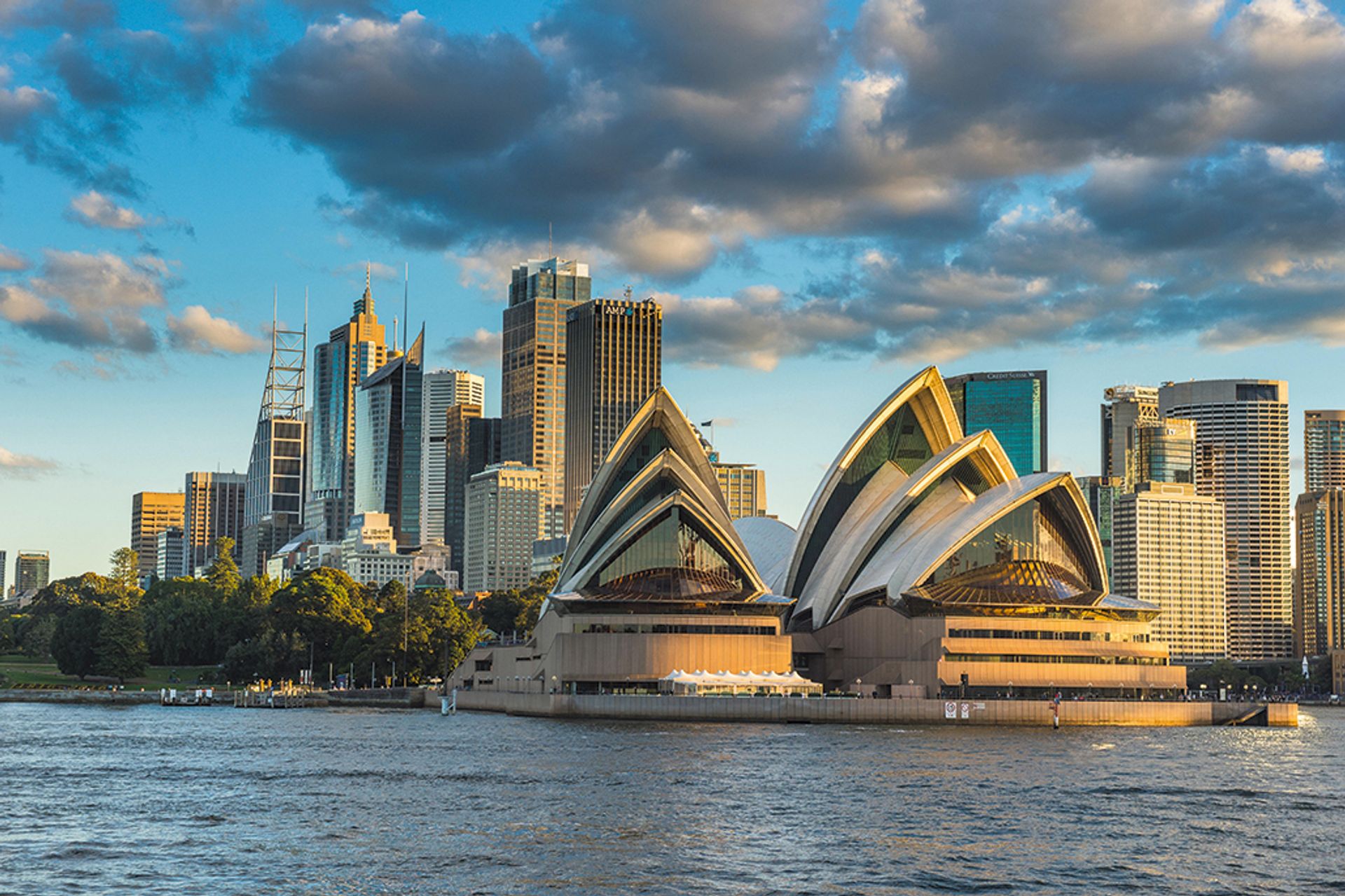
Sydney’s iconic opera house celebrates its 50th anniversary this year Robert harding/Alamy Stock Photo
Sydney: Join in with world pride celebrations
Sydney will be one big rainbow when it hosts World Pride 2023 (17 February-5 March), with celebrations including an abundance of queer exhibitions. Absolutely Queer at the Powerhouse Museum (17 February-1 December) shines a spotlight on Sydney’s leading queer creatives. The Party at UNSW Galleries (14 January-23 April) celebrates LGBTQ nightlife and party culture in Sydney from 1973 to 2022, while Braving Time: Queer Art in Contemporary Australia is at NAS Galleries at the National Art School (3 February-18 March). And from January to March, the Art Gallery of New South Wales will stage a programme of events, performances and artist commissions.
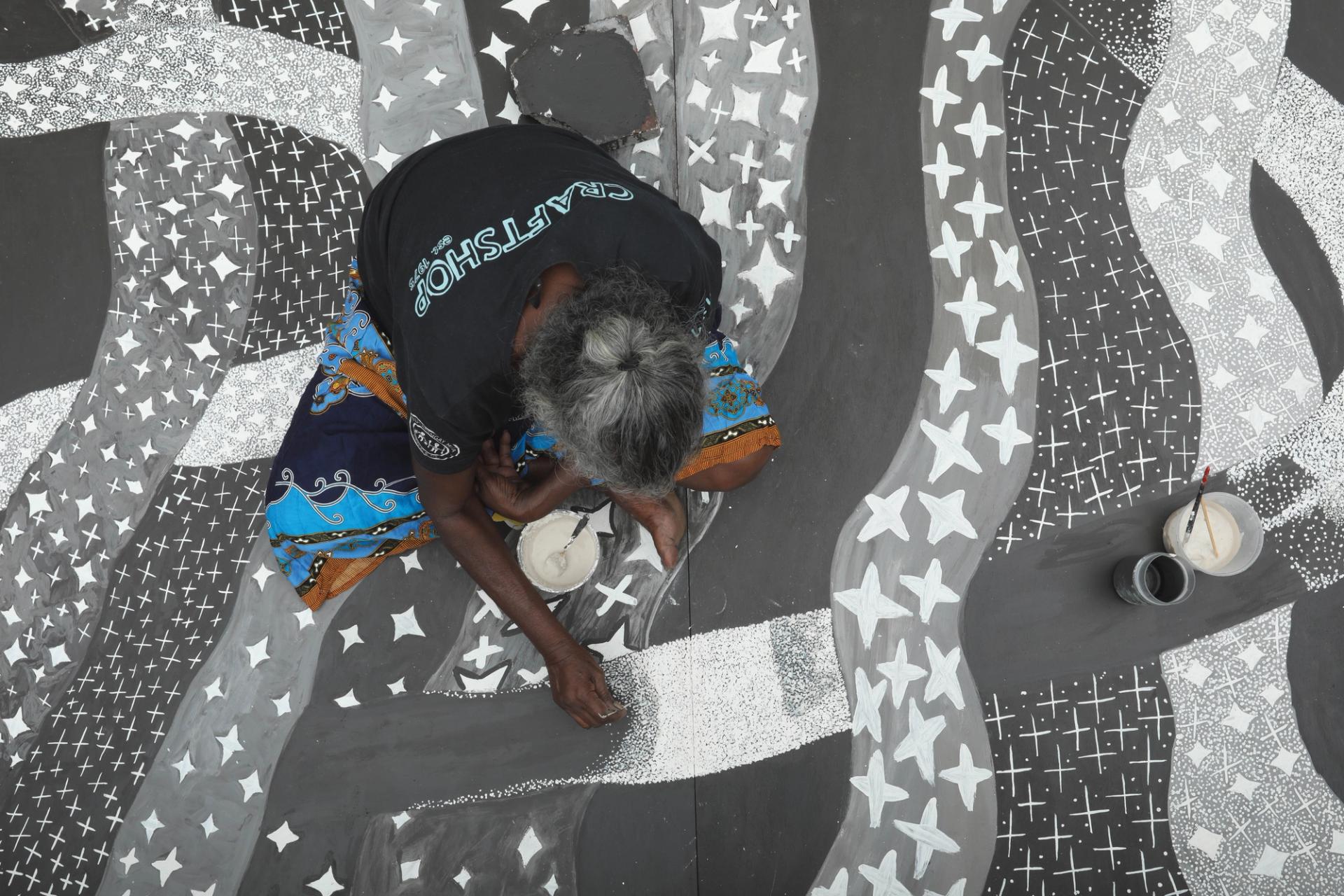
Milŋiyawuy—River of Stars (2021) by Naminapu Maymuru-White, who will take part in The National 4 exhibition Photo: Dave Wickens; © the artist, courtesy of Buku-Larrnggay Mulka Centre and Sullivan + Strumpf
Following this, the Art Gallery of New South Wales, the Museum of Contemporary Art Australia (MCA Australia), Carriageworks and Campbelltown Arts Centre will join forces to present The National 4: Australian Art Now (24 March-23 July). The Museum of Sydney will celebrate one of the city’s enduring international symbols in The People’s House: Sydney Opera House at 50 (1 July-12 November). The museum will also host Just Not Australian, a satirical look at Australian nationhood and the concept of larrikinism (1 March-4 June).
The US artist Zoe Leonard comes to the MCA Australia with her work Al Rio/To the River (15 July-2 October). The venue is also showing a major new sonic installation by Lebanese artist and composer Tarek Atoui, Waters’ Witness (15 September-4 January 2024). The pioneering British computer artist Ernest Edmonds is the subject of an interactive exhibition at Mosman Art Gallery (5 January-5 March).
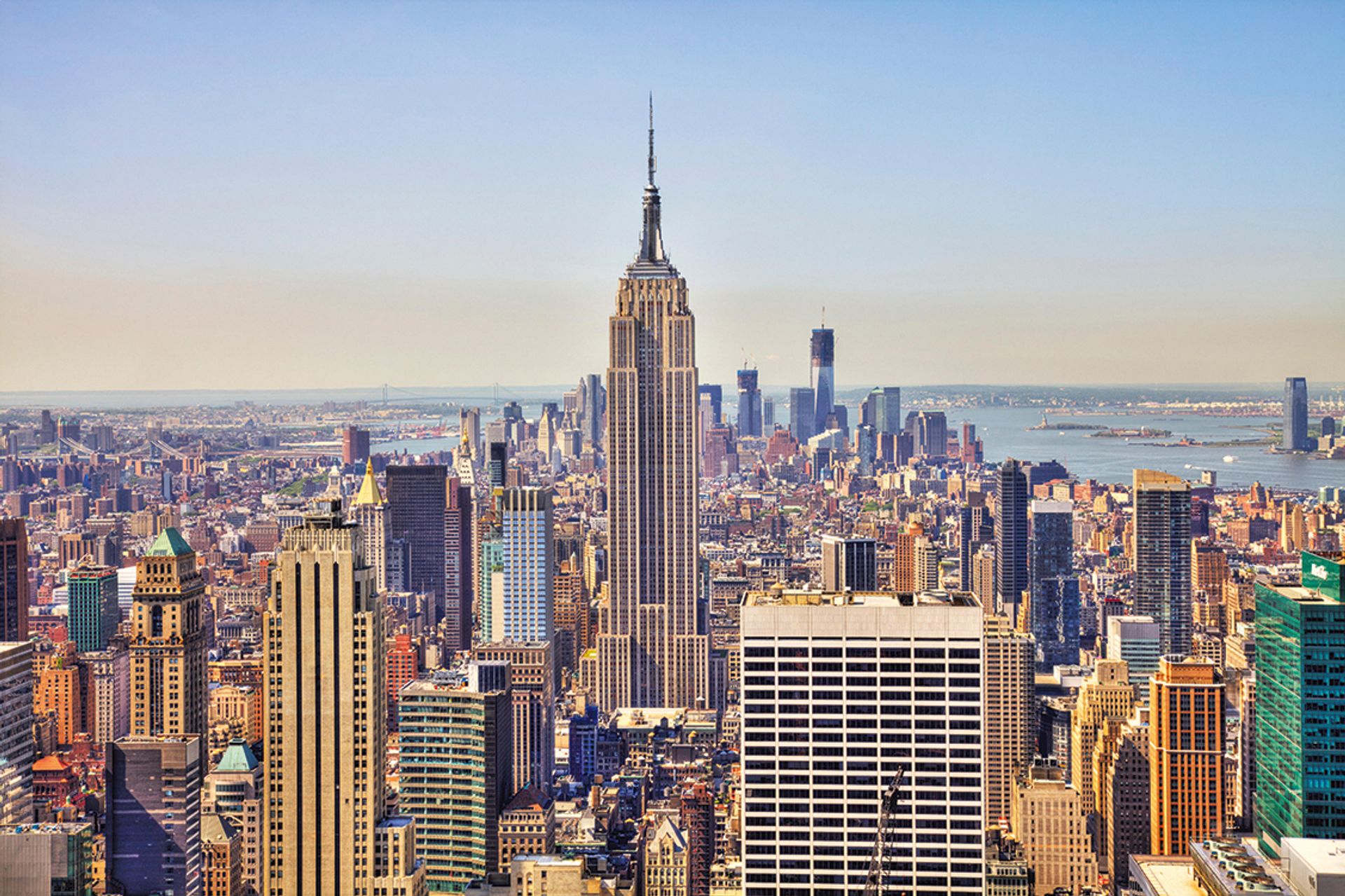
Empire State of mind: New York’s breathtaking skyline Tommy (Louth)/Alamy Stock Photo
New York: Breaking free of the white art canon
Kicking off the spring season, the New Museum dives deep into the visionary universe of the Kenyan-American artist Wangechi Mutu (2 March-4 June). April will then bring a pair of shows challenging the whitewashed art historical canon.
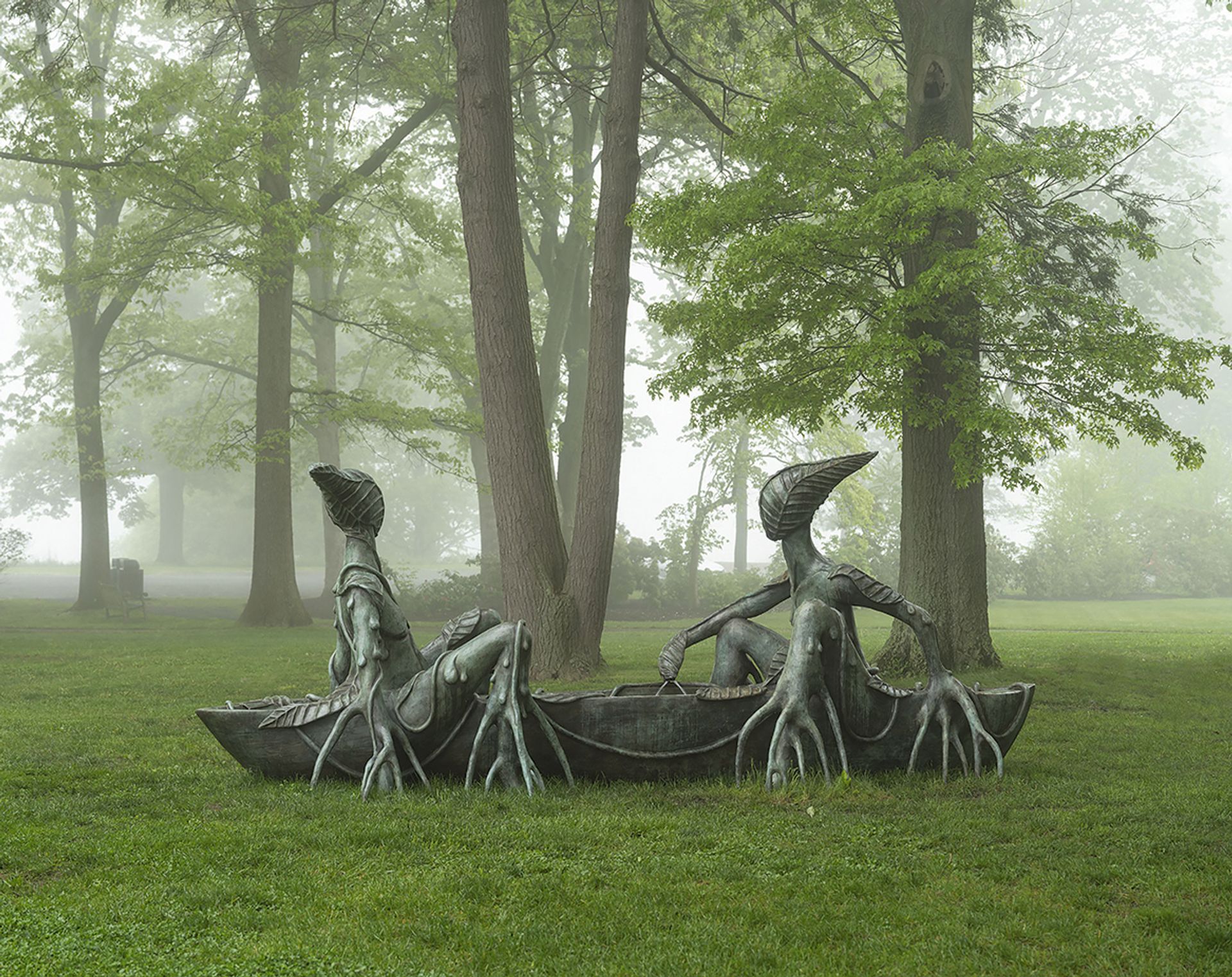
Wangechi Mutu’s In Two Canoe (2022) Courtesy of the artist and Gladstone Gallery
Home to the acclaimed portrait of Juan de Pareja by Velázquez, the Metropolitan Museum of Art is turning its gaze on the remarkable sitter: the Spanish master’s enslaved Afro-Hispanic studio assistant who gained freedom and became a successful painter in his own right (3 April-16 July). The Whitney Museum of American Art is giving octogenarian Native American artist and activist Jaune Quick-to-See Smith her first New York retrospective (19 April-August).

A saint by Juan de Pareja, who is the subject of an exhibition at the Metropolitan Museum of Art Courtesy of the Minneapolis Institute of Art
Head to Frick Madison in September to see Barkley L. Hendricks’s exquisite swagger portraits of Black Americans from the 1970s alongside the European Old Masters who inspired him (21 September-7 January 2024). It will be the first solo show for an artist of colour at the Frick. And September also brings the biggest-ever show of Ed Ruscha, at the Museum of Modern Art (10 September-13 January 2024). It includes a recreation of his Chocolate Room at the 1970 Venice Biennale, filled with screen-printed sheets of chocolate paste, which was attacked by ants and visitors who graffitied the walls in protest against the Vietnam War.

Bridging the gap: many of this year’s most exciting exhibitions in London feature women artists A. Astes/Alamy Stock Photo
London: Women take centre stage
Underpinning the Whitechapel Gallery’s show Action Gesture Paint: A Global Story of Women and Abstraction 1940-70 (9 February-7 May) is the continuing need to restore the place of women artists in art history. The Barbican is staging a summer blockbuster on the American
artist Carrie Mae Weems (21 June-3 September). The exhibition promises to reveal unfamiliar sides to her work in what is her first big show in Europe.
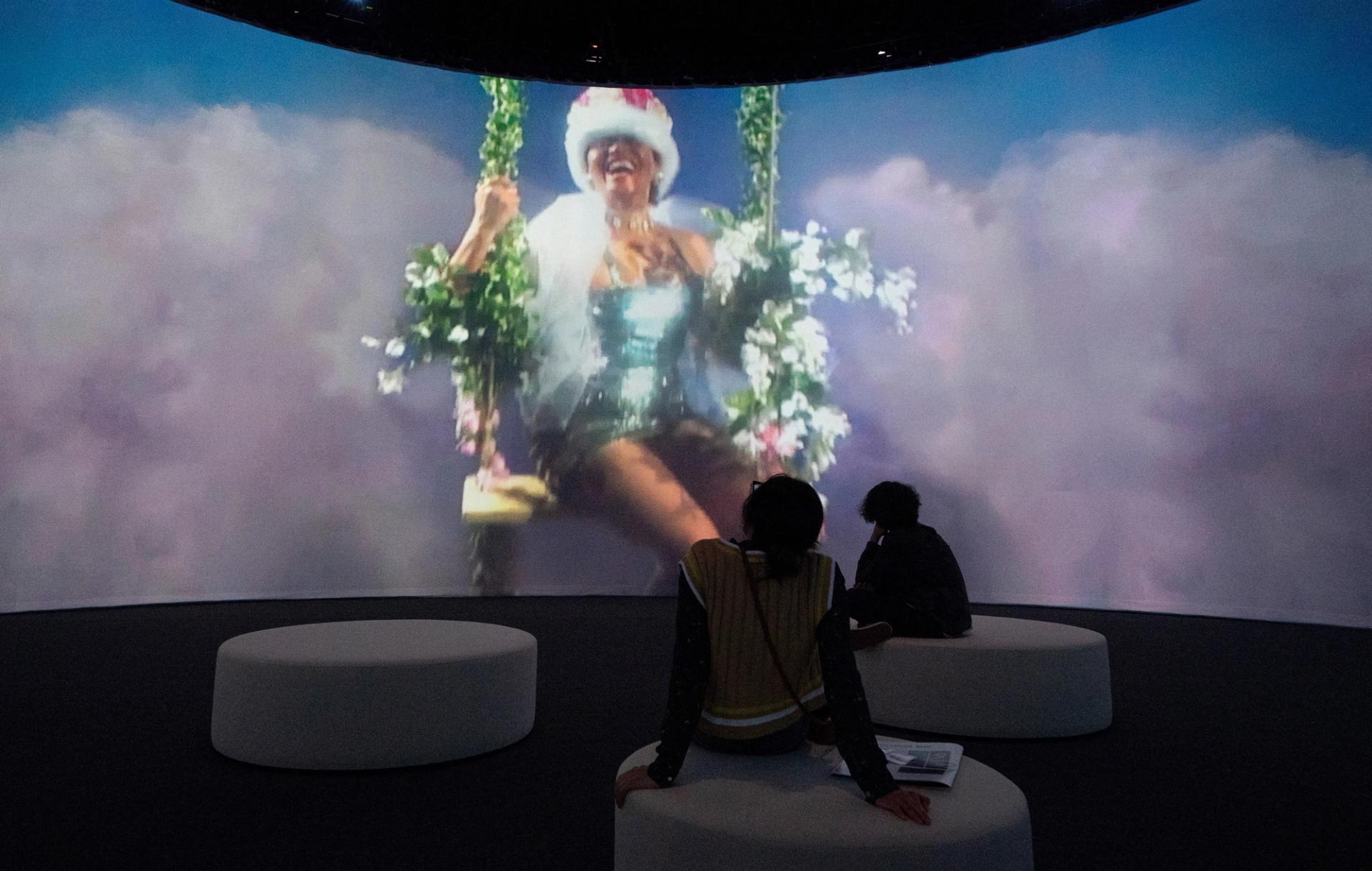
Carrie Mae Weems’s Cyclorama—The Shape of Things, A Video in 7 Parts (2021) Courtesy of the artist, Jack Shainman Gallery/Galerie Barbara Thumm
Also opening in the summer is a tribute to the late, great Paula Rego at the National Gallery (20 July-29 October). In the autumn, the long-awaited Marina Abramović exhibition—the first major solo show by a woman to be held at the Royal Academy of Arts—finally opens (23 September-10 December). Stalled by controversy over depictions of the KKK, the delayed Philip Guston retrospective also lands at last at Tate Modern (5 October-25 February 2024) on the final leg of its tour.
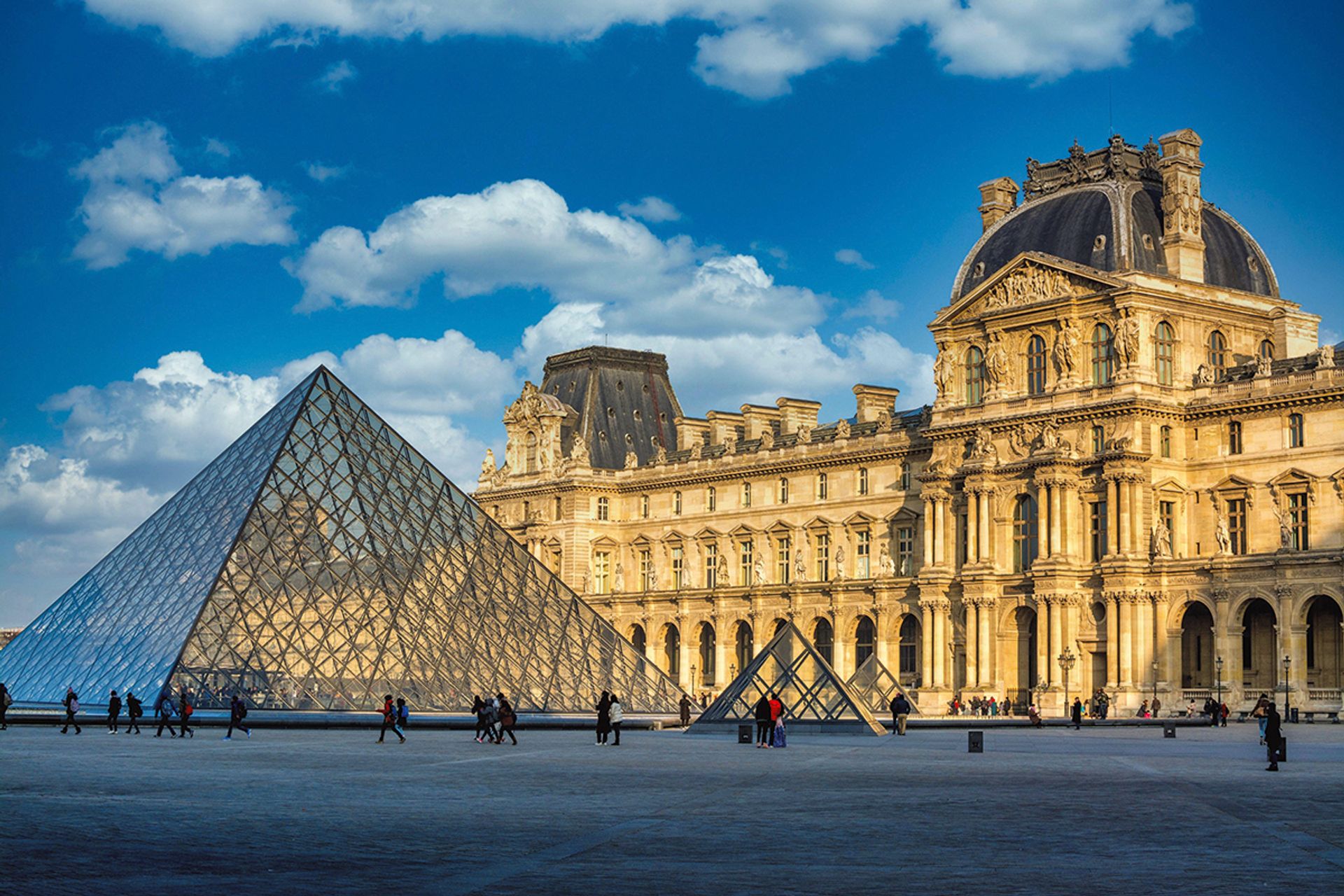
The Musée du Louvre in Paris is one of the most visited museums in the world Jaubert French Collection/Alamy Stock Photo
Paris: Manet, Matisse and more
If you are in Paris at the start of the year, see Before the Storm at the Bourse de Commerce (8 February-11 September), with work by 15 artists exploring shifting ecosystems. Next up is Manet/Degas at the Musée d’Orsay (28 March-23 July), which looks beyond the shared subject matter of the two painters to reveal the differences between the way they lived and worked.
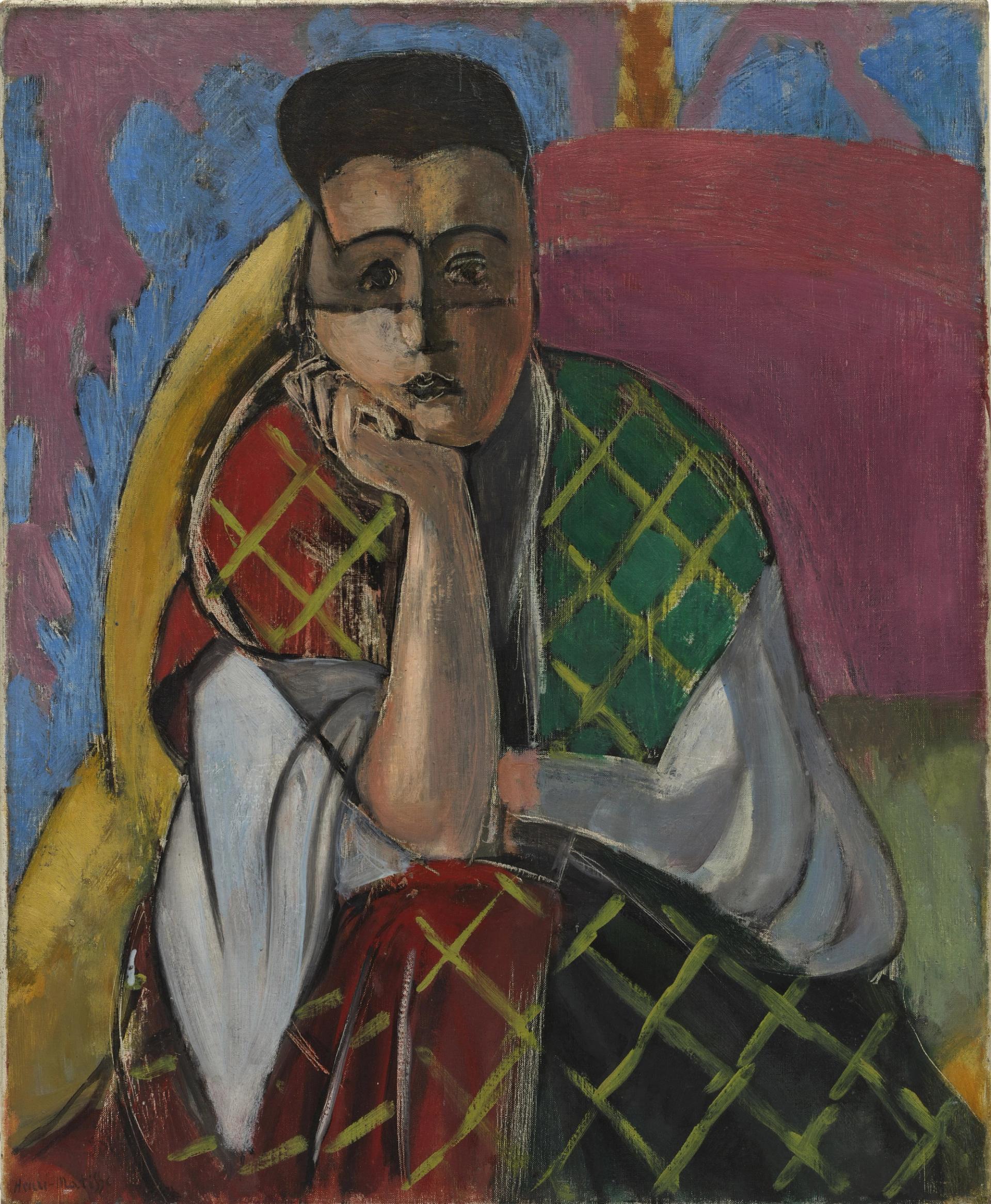
Matisse’s Femme à la voilette (1927) is on show at the Musée de l’Orangerie from March to May Photo: © 2022 Succession H. Matisse/Digital image © Moma, New York/Scala, Florence
At the Musée de l’Orangerie, Matisse: Art Journals at the Turn of the 1930s (1 March-29 May) shines a light on this decisive decade for the artist who came into his own in his 60s. A pair of exhibitions at the Centre Pompidou (12 February-28 August) explore the work of the American-Canadian photographer Lynne Cohen and her influence on the French photographer Marina Gadonneix. Basquiat x Warhol, at the Fondation Louis Vuitton (5 April-28 August), celebrates the year-long collaboration between the artists in the mid-1980s, when they created around 160 paintings. Those visiting later in the year should see Gertrude Stein and Picasso: The Invention of a Language (13 September-28 January 2024)—a pair of foreigners in Paris.
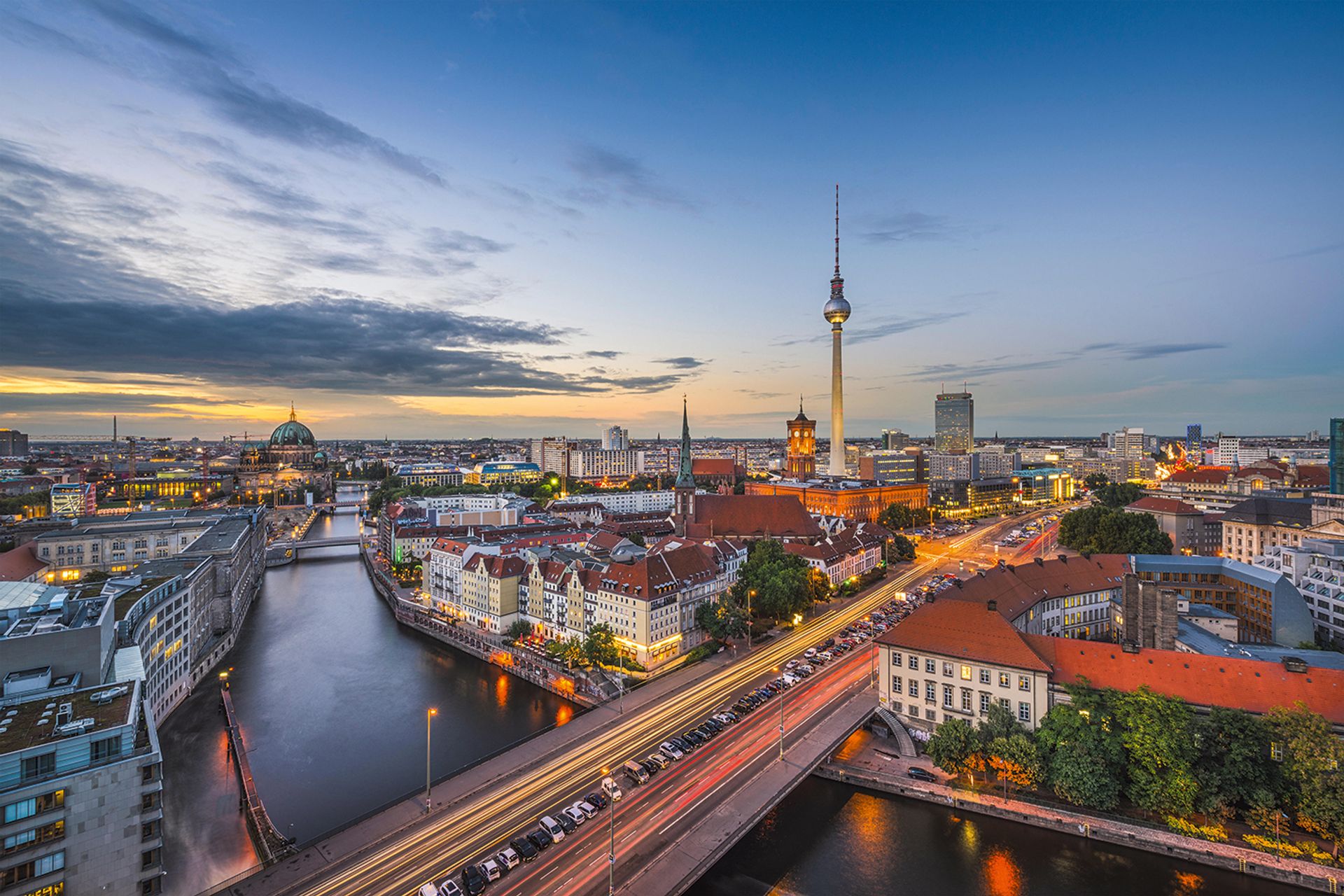
Broaden your horizons with Berlin’s eclectic art scene Sean Pavone/Alamy Stock Photo
Berlin: From radical to traditional
Flow: the Menstruation Exhibition, at Museum Europäischer Kulturen (6 October-6 October 2024), debunks myths and fuels debate about how menstruation became a taboo topic—and why we continue to suppress it in visual culture. Equally provocative will be Tehching Hsieh’s classic durational performance Time Clock Piece, shown in documentary form at Neue Nationalgalerie (autumn, dates to be confirmed). From 1980 to 1981, the Taiwanese immigrant to the US punched a time card every hour day and night, taking a photo at the same time. The sleep deprivation eventually drove him into a state of delirium.

Gustav Klimt’s Pallas Athene (1898) will be on show at the Alte Nationalgalerie © Birgit und Peter Kainz, Wien Museum
There are more traditional exhibitions in Berlin in 2023, too: proto-Modernism as it emerged in Vienna, Munich and Berlin is explored at the Alte Nationalgalerie in an extensive survey of the Secession artists Gustav Klimt, Franz von Stuck and Max Liebermann (23 June-22 October). Another trio is the subject of an exhibition at Gropius Bau (22 September-14 January 2024) on General Idea, the Canadian art collective comprising AA Bronson and the late Felix Partz and Jorge Zontal. Known for organising beauty pageants and making work from balloons, butt plugs, stolen ideas and bad taste, General Idea modelled themselves on rock stars and stuck two fingers up at the art world—and the world at large. AA Bronson worked closely with the curators to stage this retrospective.


